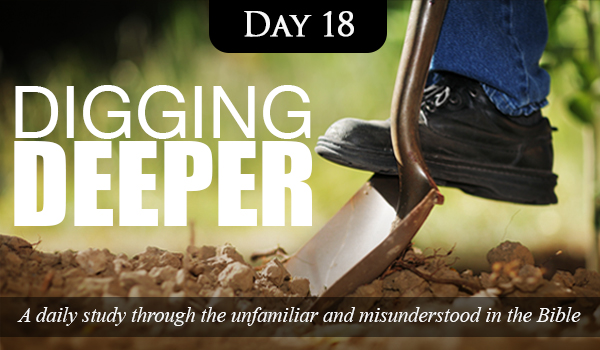
What Jewish men wore and why
Everything they do is done for people to see:
They make their phylacteries wide and the tassels on their garments long.
Matthew 23:5
Let’s stay in this same passage as yesterday where Jesus was scolding the Pharisees and teachers of the law. He complained that they made the law an impossible burden on the people. Further, they wore their Jewish clothing in such a way as to draw attention to themselves. They made sure they were treated with honor and ahead of others. This stood in exact contrast to Jesus’ servant leadership style (Matthew 20:25-28).
So what are the phylacteries and tassels that this verse mentions? Let’s start with the strange word. Jewish men wore phylacteries, or in Hebrew, tefillin, during morning and evening prayer. One was on their forehead and the other on their left arm. It consisted of a black box, which contained a parchment with four passages from the Old Testament: Exodus 13:1-10, Exodus 13:11-16, Deuteronomy 6:4-9, and Deuteronomy 11:13-21.
Within all four of these passages, God stated that these commands are like signs or symbols on their hands and foreheads. So the people took this literally and created the phylactery. These had leather straps attached to the black box for wrapping around their forehead, and also from their hand to the upper arm near the heart.
The Jewish men also wore and still wear an outer blue and white garment that had tassels, or in Hebrew, tzitzit, on the four corners. This was a command by God through Moses in Numbers 15:37-41 and Deuteronomy 22:12. This garment became a prayer shawl and covered the head during prayer.
So why should this brief study about phylacteries and tassels be important to you? First, it is important to understand the Jewish culture that Jesus lived in. It makes Scripture come alive. And Jewish men still wear these items today. Secondly, Jesus would have worn both items. The woman with the bleeding problem touched Jesus’ outer garment and was healed (Mark 5:21-34). Likewise, others who desired healing also wanted to touch the edge of His garment, i.e. the tassels (Matthew 14:34-36). One could easily argue that during the many times Jesus went alone to pray, He was wearing both items (Matthew 14:23, Mark 1:35, Luke 5:16 and 6:12 to name several).
Our heart is most important to God, not just the appearance of our obedience:
My son, keep my words and store up my commands within you.
Keep my commands and you will live; guard my teachings as the apple of your eye.
Bind them on your fingers; write them on the tablet of your heart.
Proverbs 7:1-3